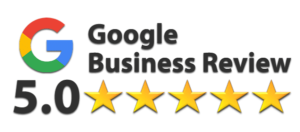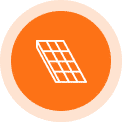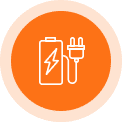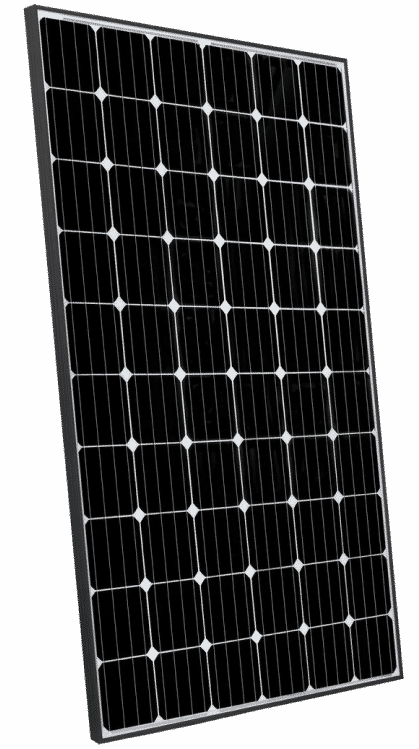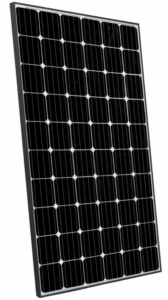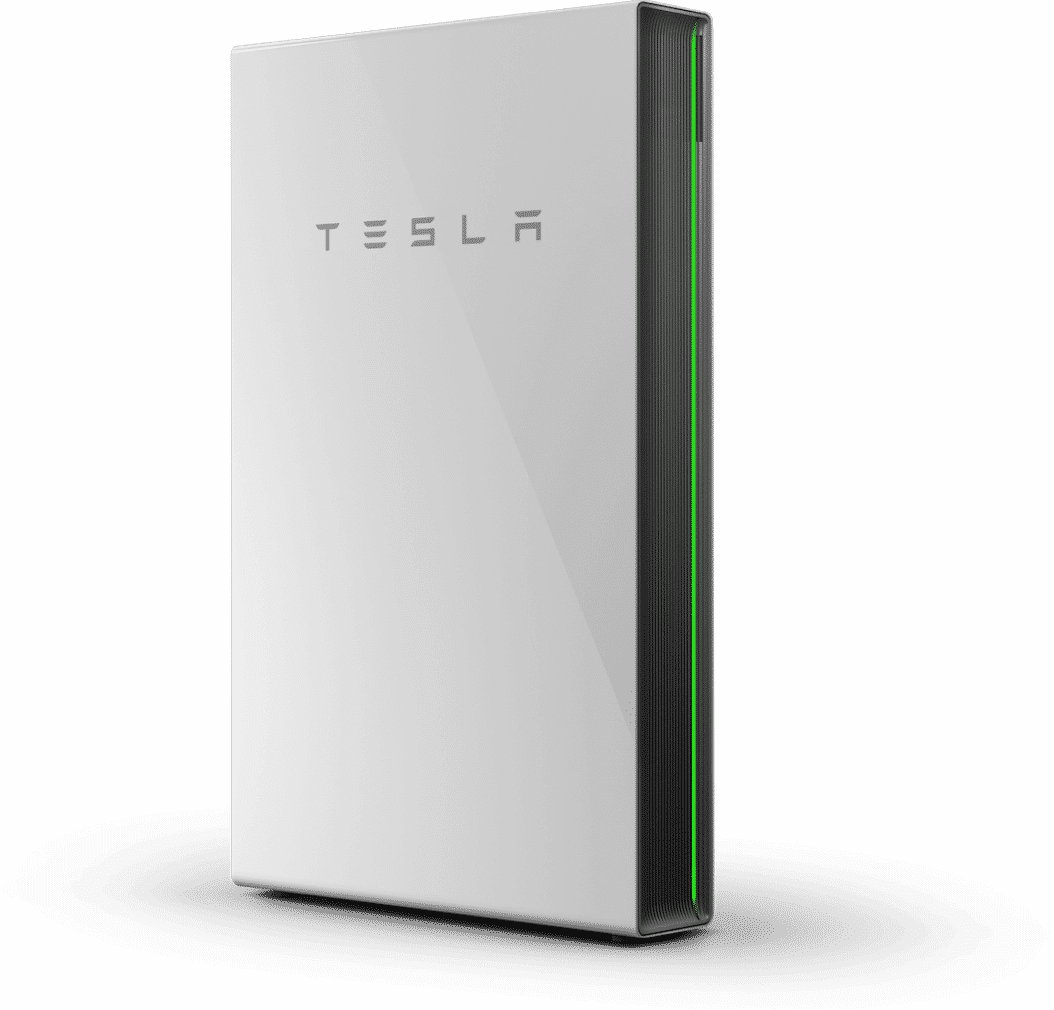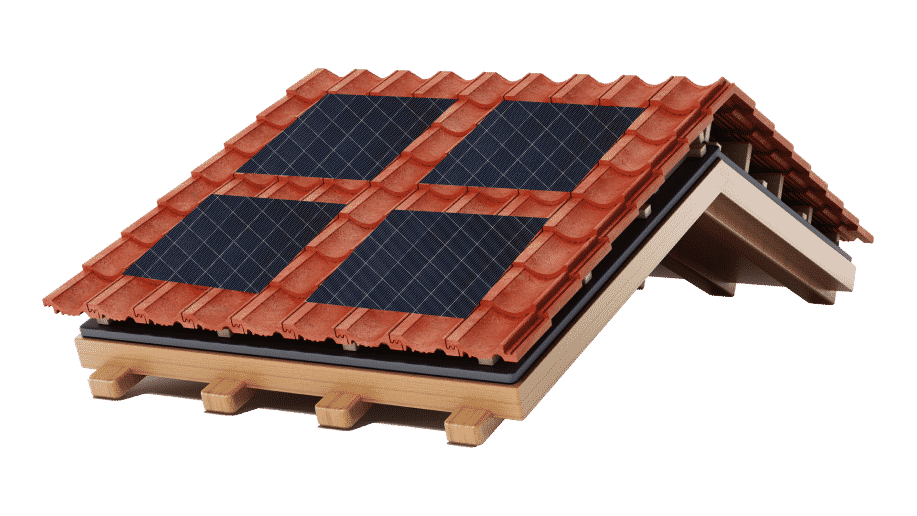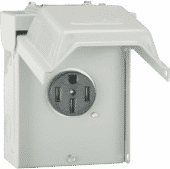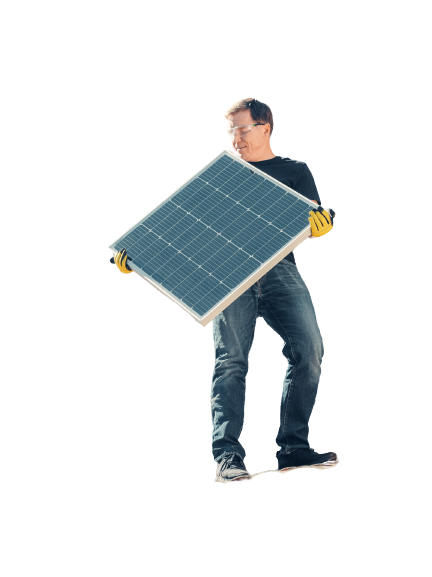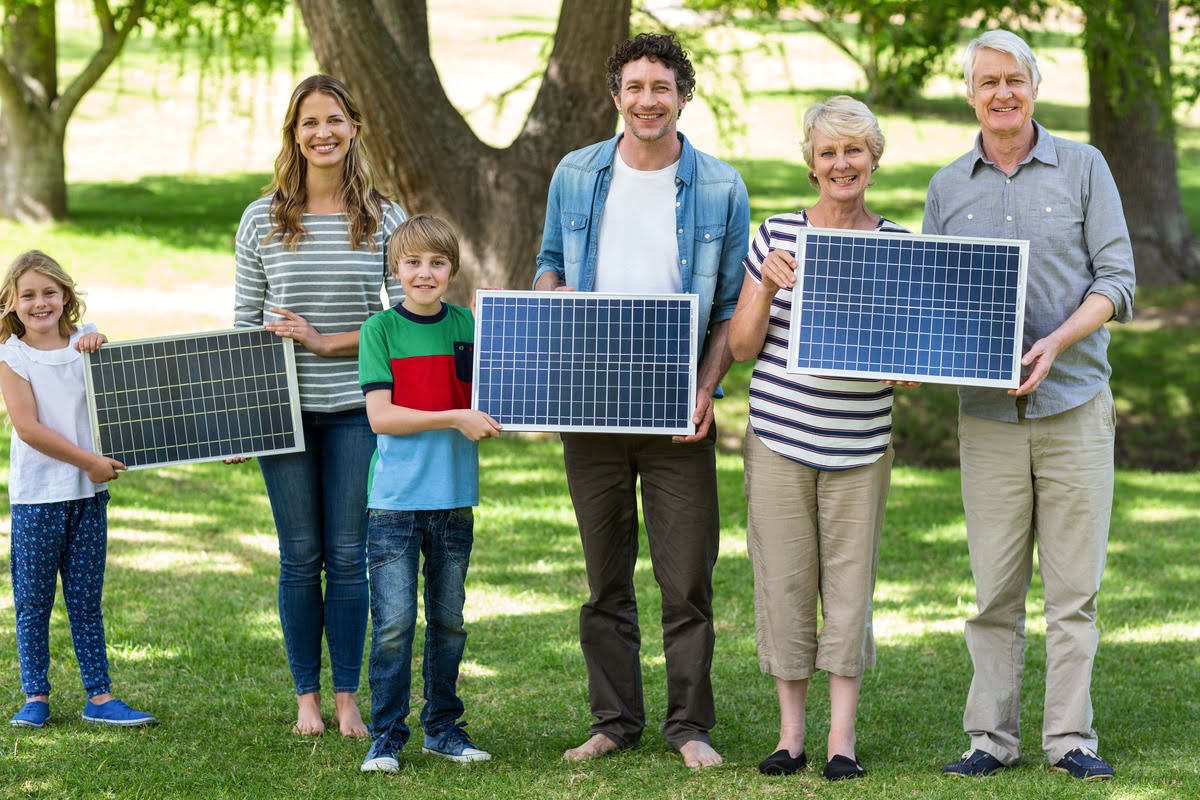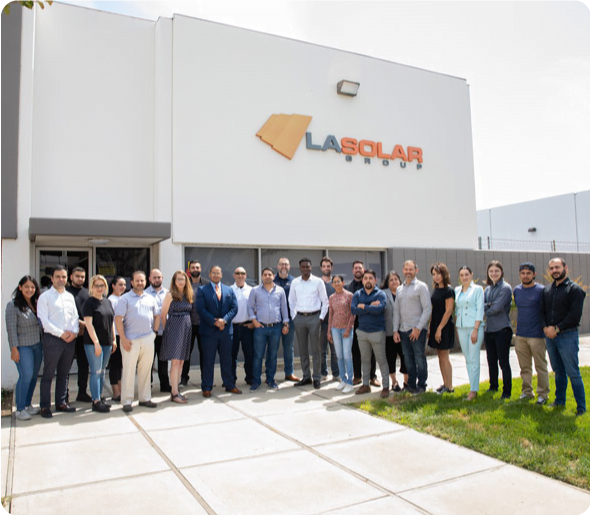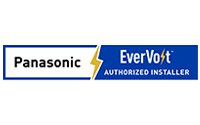Solar Panel Finance Options
Solar panel financing options make Solar power more budget-friendly. Solar systems can be expensive, and the high initial investment can be a deterrent for some individuals. Yet with solar panel financing, you can make solar power extra budget-friendly and spread out the cost of your system with time.
There are a number of different means to finance your solar panels, and the most effective alternative for you will certainly rely on your financial circumstance and objectives. Solar panel loans are a preferred alternative, and there are several loan providers to pick from. Solar leases and solar power purchase contracts (PPAs) are other financing options that can make Solar extra budget-friendly.
Solar panel lendings allow you to finance your solar system and pay it back over time.
Power Inverter for Solar Panels
A power inverter for solar panels is a device that converts the DC (direct current) electricity generated by your solar panels into AC (alternating current). This allows you to use the electricity generated by your solar panels to power appliances and devices in your home or office. Power inverters are an essential component of any solar panel system, and there are a variety of different types to choose from.
The most common type of power inverter for solar panels is a grid-tied inverter. Grid-tied inverters are connected to your home or office’s existing electrical grid, and they allow you to sell any excess electricity generated by your solar panels back to the grid. Grid-tied inverters are the most efficient type of inverter, and they’re the easiest to install.
Another type of power inverter for solar panels is a battery-based inverter. Battery-based inverters are not connected to the grid, and they store any excess electricity generated by your solar panels in batteries. This allows you to use the electricity stored in the batteries to power your appliances and devices when the sun isn’t shining. Battery-based inverters are less efficient than grid-tied inverters, but they’re still a good option if you’re not connected to the grid.
If you’re looking for a power inverter for solar panels, there are a few things you should keep in mind. First, make sure to choose an inverter that’s compatible with the type of solar panels you have. Second, be sure to select an inverter that’s rated for the amount of power you need. And finally, be sure to read all the reviews before making your purchase. With so many different types of power inverters on the market, it’s important to do your research before making a purchase.
Power Inverter for Solar Panels
Solar panels are a great way to generate electricity, but you need a power inverter to use that electricity. Power inverters convert the DC (direct current) electricity generated by your solar panels into AC (alternating current). This allows you to use the electricity generated by your solar panels to power appliances and devices in your home or office. Power inverters are an essential component of any solar panel system, and there are a variety of different types to choose from.
Solar Installation Mounting
There are numerous means to install solar panels. The most usual method is to utilize a metal structure that is connected to the roof. Solar power can likewise be installed on the ground or on a post.
Pole-mounted photovoltaic panels are commonly utilized in agricultural settings, as they allow the panels to be placed in areas where there is no roof space. Photovoltaic panel can likewise be installed on the side of a building. This is commonly done in metropolitan areas, where space is limited.
Solar Car Ports
Solar Car Ports are a great way to charger your electric car. They are easy to install and can be placed in a number of different locations. Solar Car Ports can be used to charge your car at home, at work, or even at a public charging station. Solar Car Ports are a great way to reduce your carbon footprint and save money on your electric car bill.
Solar Car Ports are available in a variety of sizes and styles to fit your needs. Solar Car Ports can be purchased as standalone units or as part of a solar carport kit. Solar Car Ports range in price from $500 to $5,000, depending on the size and features you desire.
If you are looking for a way to reduce your carbon footprint and save money on your electric car bill, Solar Car Ports are a great option. Solar Car Ports are easy to install, can be placed in a number of different locations, and are available in a variety of sizes and styles.
Smart Home Solar System
Smart home system makes it possible for home owners to regulate, supervise and give details tasks to their appliances.You can pick exactly how and when to trigger details devices in your house. Options like that will certainly assist better lower your energy costs and ecological footprint.
Monitor Solar Panel Output
It is important to monitor the output of your solar panel to ensure that it is working properly. There are a few things you can look for to determine if your solar panel is outputting the correct amount of power.
First, you will want to check the voltmeter on the solar panel. This should be between 17 and 21 volts. If it is lower than this, it could be an indication that the panel is not receiving enough sunlight.
Next, you will want to check the ammeter. This should be between 4 and 6 amps. If it is lower than this, it could be an indication that the panel is not receiving enough sunlight or that there is something wrong with the panel itself.
Finally, you will want to check the power output of the solar panel. This should be between 100 and 150 watts. If it is lower than this, it could be an indication that the panel is not receiving enough sunlight or that there is something wrong with the panel itself.
If you notice any of these things, you will want to contact a solar panel technician to come and take a look at your panel.
Solar Panel Finance Options
There are a couple of different ways to finance your solar panel installation. You can pay for the panels outright, obtain a loan, or lease the panels from a Solar Panel Provider.
Paying for the Solar Panels Outright
If you have the money readily available, purchasing your solar panel installation outright is the most effective alternative. In this manner, you have the solar panels and get to keep all of the savings from the electrical energy that they produce. Solar panels normally have a 20-25 year life-span, so you will certainly continue to see savings for many years to find.
Taking Out A Solar Loan
If you do not have the money on hand to pay for your solar panel installation, you can finance it with a loan. Solar loans are readily available from several loan providers, and have terms of 5-20 years. With a solar loan, you make monthly payments to the loan provider, and at the end of the loan term, you own the solar panels outright. Solar loans can be a fantastic alternative if you want to have your solar panels, yet do not have the money on hand to pay for them upfront.
Leasing Solar Panels
Another alternative for financing your solar panel installation is to lease the panels from a Solar Panel Provider. With this alternative, you make monthly payments to the Solar Panel Provider, and they have and preserve the panels. At the end of the lease term, you have the alternative to acquire the panels or renew the lease. Solar leases are a fantastic alternative if you do not want to have the panels outright, yet still want to save cash on your electrical energy bill.
Regardless of which financing alternative you pick, going solar is a fantastic way to save cash on your electrical energy bill and do your part to assist the environment.
Electrical Main Panel
The electric main panel (EMP) belongs of your residence’s electrical system that provides connection to your electric energy, electrical energy circulation to the different circuits in your house, and protection from short circuits or overload problems.
The solar system needs to be connected to the electric panel to make the most of energy usage. The energy generated with EMP can provide your residence or most likely to the electric grid.



